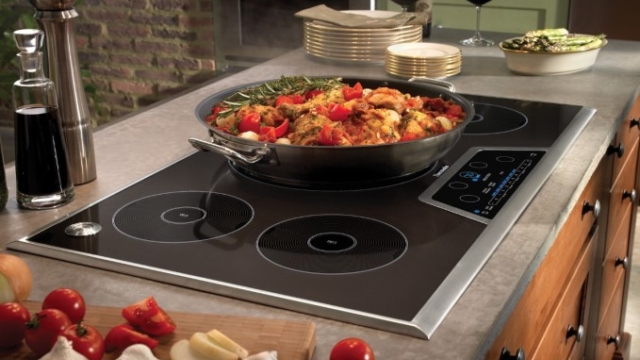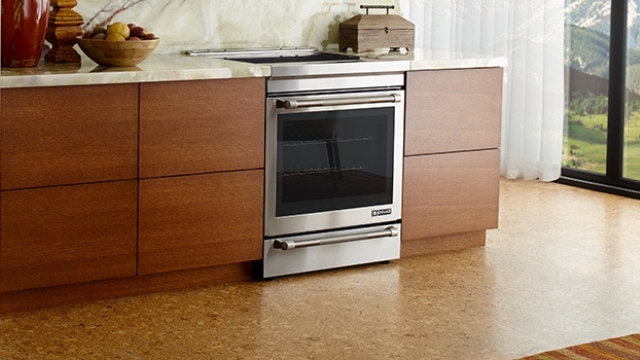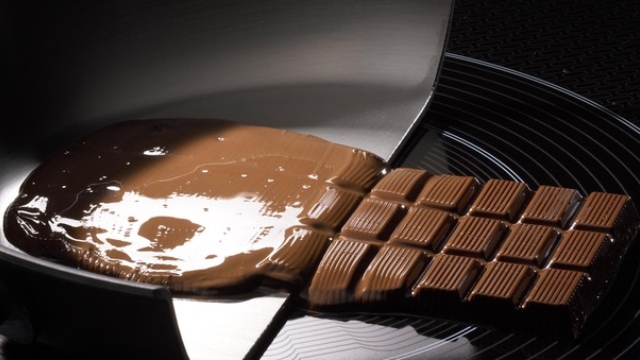The Induction Site
Search this site, or just roll your cursor over the colored boxes below the pictures.Advertisement:
Advertisement:
Advertisement:
Advertisement:




"Ah well! it is all a purchase, all is a prize.
Buy then! bid then!--What?--Prayer, patience, alms, vows."
—Gerard Manley Hopkins
Quick page jumps:
(Readers outside the U.S. can jump over this section.)
(That term is silly on its face, as you would not be importing yourself into anywhere—but it's what is commonly used for what we mean, so we'll use it, too.)

Despite the large and growing range of induction-cooking equipment now available in the U.S., some consumers feel that they just have to have this or that European brand or model not available here. Some such folk play with the idea of importing the wanted unit from overseas. Now very likely a great many retailers outside the U.S. could and would ship to customers within U.S. The issues, however, are not merely a willingness on the part of a retailer to ship, but the degree of that retailer's experience with and expertise in the not-so-simple business of trans-national shipping. The matters involved are suitable packing, knowing the appropriate carriers, establishing proper shipping-insurance coverage (extremely important), familiarity with any customs requirements, and probably more. There are at least a couple of overseas dealers who have been sending units to satisfied U.S. customers for a while now, so it can be done.
But let us be very sure that you understand the crucial points from the buyer's viewpoint. The shipping, insurance, and customs charges are not trivial, but neither are they mind-boggling. They do add to the cost of a unit bought overseas, but even with those added costs many fine European units are more than competitive with what's available at direct retail in the U.S. The real issues are three: warranty (plus its service considerations), parts and repair, and the legal implications (regarding both building codes and insurance).
A unit bought outside the country just does not have any warranty coverage. How important is that? Opinions vary. It is a general belief that any electronic device—and that's what induction cookers are at bottom—will usually either fail almost at once or else work satisfactorily for its expected lifetime: that is, that failures from defects occur at once ("DOA") or very quickly (typically with a few hours of use). But "usually" is not "always", and it is the odd case, not the everyday, that warranties are all about.
(One thing that puzzles us is why the retailers doing this sort of exporting cannot offer a service, for a modest cost if necessary, wherein they would, before shipping, open the factory-delivered package and run a short documented burn-in and test; that way, everyone could be 100% assured that the unit was fully functional when packed for shipping, so if it should come DOA the problem absolutely, positively will have occurred in transit. Even if the burn-in/testing nominally transforms the product into a "used" unit, so what? There's no warranty to begin with.)
Some overseas retailers who regularly ship units to the U.S. state they they supply their own warranty on the unit, but if you think about it, that's not worth anything save what that particular dealer's reputation (which may be difficult to determine) may make it worth—it is difficult verging on impossible to imagine enforcing it in cases of dispute. And even if a given vendor has had an excellent reputation, businesses can and do change hands from time to time.
Warranty or not, if a unit fails, on Day One or in Year Sixteen, two things are needed if it is not to become an oversize doorstop: parts, and a serviceman who can install those parts. Both those things are likely to be absent for a unit not normally available in the U.S. While induction units are, to a fair extent, alike "under the hood", doubtless each has its quirks, and a service technician not used to that unit (or, likely, even that brand), and not equipped with a service manual, is not going to have an easy time of it.
Yes, service manuals, and even parts, can doubtless eventually be found overseas and imported, but that would take quite a bit of time, and who can be without the ability to cook for days or possibly weeks at a time? (And suppose the wrong part is sent, or the diagnosis wasn't right and it turns out a different part is needed?)
This is, we think, the real deal-breaker. In the U.S., the law, in the form of Building Codes, requires that electrical equipment of any kind be approved by the appropriate monitoring group—UL in the U.S. or CSA in Canada—else it is illegal. There is no doubt that any unit saleable in Europe is perfectly fine to use in the U.S., but it remains so that such units must be submitted to and pass the approving agency's tests; that involves not only a great deal of time and paperwork, but a great deal of money, too, because the tests are not free. The very reason the subject units are not readily available in the U.S. is that their makers did not, for whatever reasons, care to go to the trouble and expense of getting the approval, and the units remain literally illegal.
That is not a triviality like removing the "do not remove" tag from a mattress: it is a real problem. It can happen—we know for a fact of an instance—that the building or electrical inspector can "red-tag" (refuse to allow) any appliance that does not have that formal approval. Most major appliances of a permanent, "build-in" nature (unlike, say, a refrigerator) are normally installed as part of either new construction or a major kitchen upgrade, either of which will, almost everywhere, require a building permit, which entails periodic inspections for complaince with the applicable building codes.
It's hard to quantify the risk: individual inspectors may not get that detailed, and may simply assume that an obviously new major appliance is OK—a great many happy self-importers have gotten away with it. But if the inspector says "No", there is usually no recourse. A red-tagged unit instantly becomes a large, expensive doorstop. In rural areas, inspections are sometimes casual to the point of lax; but in most areas, the risk is substantial.
(One can, of course, install such a unit outside of a job requiring a building permit. One then has to either find a friendly electrician who will ignore the unit's status or do it oneself. There are fairly obvious problems with either approach.)
Yet another important legal issue is insurance coverage: if something damages your home, and the kitchen area is part of the damage, the insurance adjuster might well notice that your cooktop is not approved (as a generality, the greater the loss, the more careful the inspection). Even if the cooktop was not the source of the loss, the insuror might well claim that the policy was invalidated by your knowing use of an unapproved major appliance. Is the chance remote? Not much remoter than the likelihood of major loss in the first place, and that chance is the very reason you have homeowner's insurance.
So much for possible real problems; now for the non-problems. The bugaboos sometimes cited about the small differences between European mains power and U.S. mains power (most notably that the European line frequency is 50 Hertz, whereas the U.S. is 60 Hertz) are essentially meaningless. The power supplies for virtually everything electronic, including induction-cooking equipment, have no difficulty working just fine at either frequency. (The only things that might have problems are mechanical timers, like some electrical alarm clocks—but all induction units with timers have electronic timers whose internal "clocks" do not rely on the mains-power frequency for measurement.) All that matters is the voltage, and so long as that is in the general range of 220 to 240 volts (nominal)—as it is standard in Europe and standard for heavy appliances in the U.S.—all is well.
(Do, though, beware the occasional very-high-power commercial induction unit that requires 400-volt, 3-phase mains power; if you are contemplating a unit in that power range, your application is surely commercial, and you can get your advice from your professionals.)
In sum, let us say that it is our firm opinion—especially with the wide and growing range of products now available in the U.S.—that it is very unwise to self-import. You make your own call, but for ourselves, we would never do it. (And in fact, the traffic in such enterprises is now down quite a bit from what it was a few years ago, when units here were much scarcer).
You can and should also read our generic information and advice on selecting a unit.
Advertisement:
Advertisement:
All content copyright © 2002 - 2024 by The Owlcroft Company.
This web page is strictly compliant with the W3C (World Wide Web Consortium) Extensible HyperText Markup Language (XHTML) Protocol v1.0 (Transitional) and the W3C Cascading Style Sheets (CSS) Protocol v3 — because we care about interoperability. Click on the logos below to test us!
This page was last modified on Monday, 22 January 2024, at 2:03 am Pacific Time.